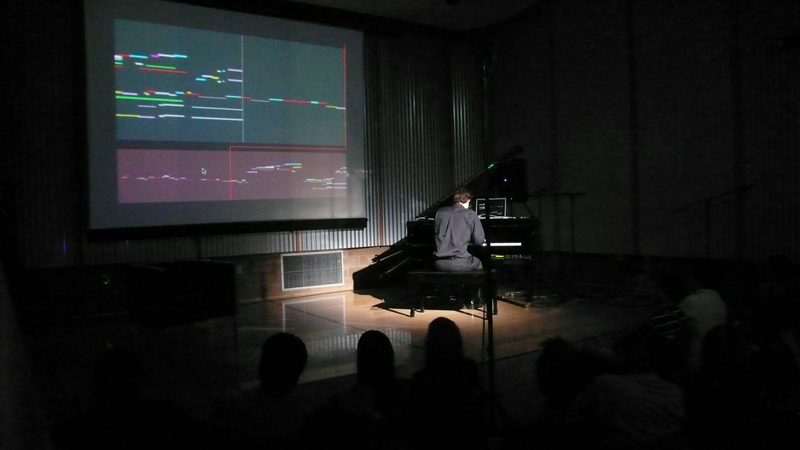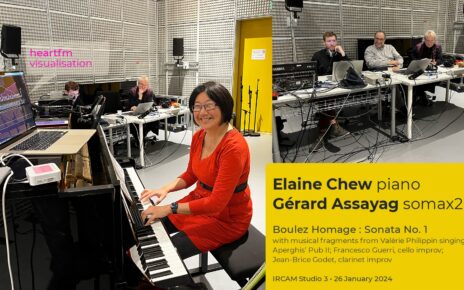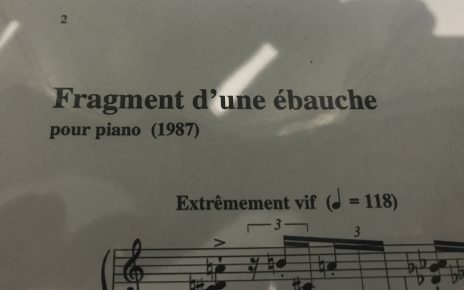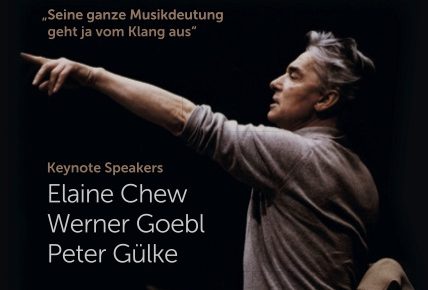Smith, J. B. L., I. Schankler and E. Chew (2014). Listening as a Creative Act: Meaningful Differences in Structural Annotations of Improvised Performances. Music Theory Online 20.3.
[ Journal source ]
Abstract
Some important theories of music cognition, such as Lerdahl and Jackendoff’s (1983) A Generative Theory of Tonal Music, posit an archetypal listener with an ideal interpretation of musical structure, and many studies of the perception of structure focus on what different listeners have in common. However, previous experiments have revealed that listeners perceive musical structure differently, depending upon their music background and their familiarity with the piece. It is not known what other factors contribute to differences among listeners’ formal analyses, but understanding these factors may be essential to advancing our understanding of music perception.
We present a case study of two listeners, with the goal of identifying the differences between their analyses, and explaining why these differences arose. These two listeners analyzed the structure of three performances, a set of improvised duets. The duets were performed by one of the listeners and Mimi (Multimodal Interaction for Musical Improvisation), a software system for human-machine improvisation. The ambiguous structure of the human-machine improvisations as well as the distinct perspectives of the listeners ensured a rich set of differences for the basis of our study.
We compare the structural analyses and argue that most of the disagreements between them are attributable to the fact that the listeners paid attention to different musical features. Following the chain of causation backwards, we identify three more ultimate sources of disagreement: differences in the commitments made at the outset of a piece regarding what constitutes a fundamental structural unit, differences in the information each listener had about the performances, and differences in the analytical expectations of the listeners.
Videos
| The article includes recordings of each performance along with animated figures of the analyses and videos of Mimi’s (our human-machine improvisation system) visual output. |




